Bâtons de hockey composite junior
Bâtons de hockey composite junior
 Warrior Alpha LX2 Comp Junior Hockey Stick by Warrior74,98 $ Prix d'origine 129,99 $ Vous sauvez 42%
Warrior Alpha LX2 Comp Junior Hockey Stick by Warrior74,98 $ Prix d'origine 129,99 $ Vous sauvez 42%
Learn About Junior Hockey Sticks
Junior composite hockey sticks are specifically engineered for young players, typically recommended for ages 7 to 13. These sticks are made from the same high-quality composite materials as senior and intermediate sticks, such as carbon fiber, but are scaled down to suit younger players. The lightweight nature of these sticks is essential for the developing skills of junior players, offering ease of handling and better control. Additionally, the size, blade curvature, and lie are optimized to fit the stature and playing needs of younger athletes.
How to Choose a Junior Hockey Stick
When selecting a junior composite hockey stick, it’s important to consider factors like flex rating, length, blade curve, and lie. The flex rating should be suitable for the player’s strength and playing style, with lower flex values aiding in developing shooting techniques. The length of the stick should be appropriate for the player's height, typically reaching up to the chin or nose while on skates, to ensure comfort and control. The blade curve and lie should be chosen based on the player’s position and preferred playing style, as they affect puck handling and shot accuracy.
Junior Hockey Stick Flex Chart
| Junior Hockey Stick Flex Chart | |||
|---|---|---|---|
| Age Group | Height | Weight | Stick Flex |
| Tyke (3 - 5) | 3'0" - 3'10" | 30 - 65 lbs. | 20 - 25 flex |
| Youth (5 - 8) | 3'6" - 4'8" | 40 - 80 lbs. | 30 - 40 flex |
| Junior (7 - 12) | 4'4" - 5'1" | 70 - 110 lbs. | 40 - 52 flex |
| Intermediate (11 - 14) | 4'11" - 5'8" | 95 - 140 lbs. | 55 - 70 flex |
| Senior (14+) | 5'7" - 6'1"+ | 150 - 210+ lbs. | 75 - 100+ flex |
Junior Hockey Stick FAQs
What makes junior composite hockey sticks ideal for young players?
Junior composite sticks are designed with lighter weight and appropriate flex ratings for young players, facilitating easier handling, control, and skill development.
What composite materials are used in Junior Hockey Sticks?
Common materials in junior sticks include carbon fiber for stiffness and strength, Kevlar for impact resistance and vibration reduction, and fiberglass for enhanced durability and weight reduction. These materials work together to provide a balanced performance suited for young players.
What should be considered when choosing a stick for a junior player transitioning to a larger size?
When selecting a stick for a junior player moving to a larger size, consider their height, strength, and skill level. The stick’s length, flex rating, and type (one-piece or two-piece) should match the player’s physical growth and playing style, ensuring continued development and comfort.
How does blade curve affect junior players’ performance?
The blade curve influences the puck’s trajectory, with more curve offering greater lift. While beneficial for certain shots, it’s crucial to choose a curve that aligns with the junior player’s comfort and skill level to ensure effective puck control and shooting accuracy.
Other Great Choices
- @Recommendation.Title by @Recommendation.Brand$@Recommendation.Price@Recommendation.MSRP

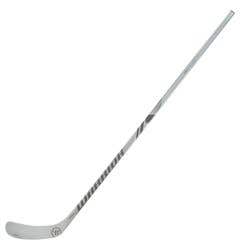

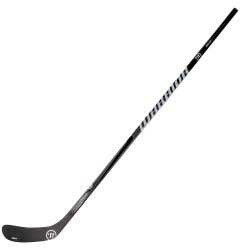
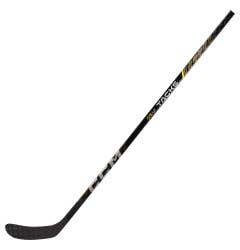
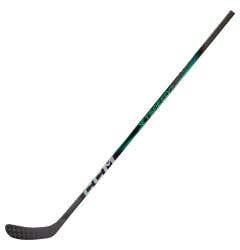

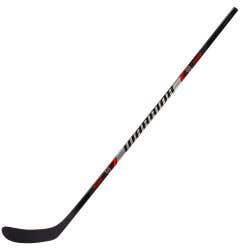
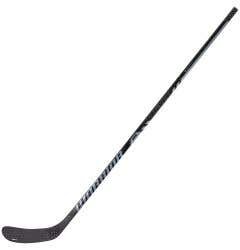
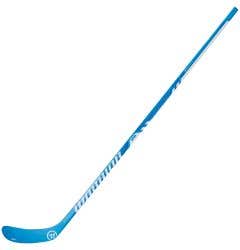

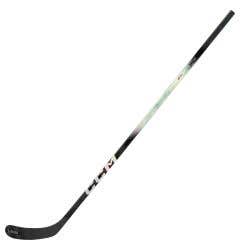

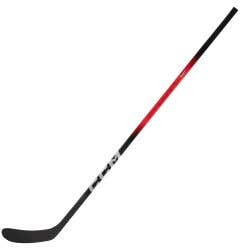
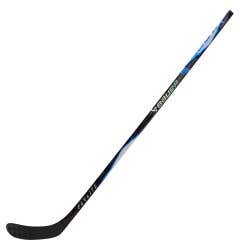

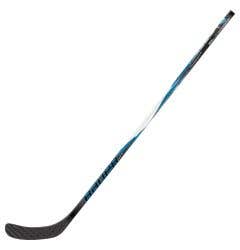
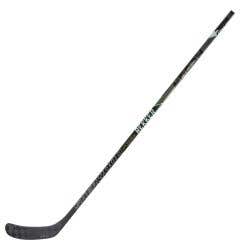
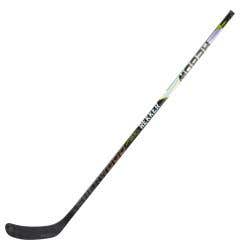


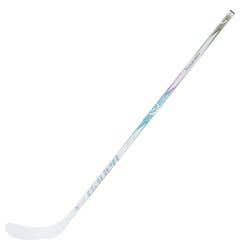
Login and Registration Form
or
Create an account